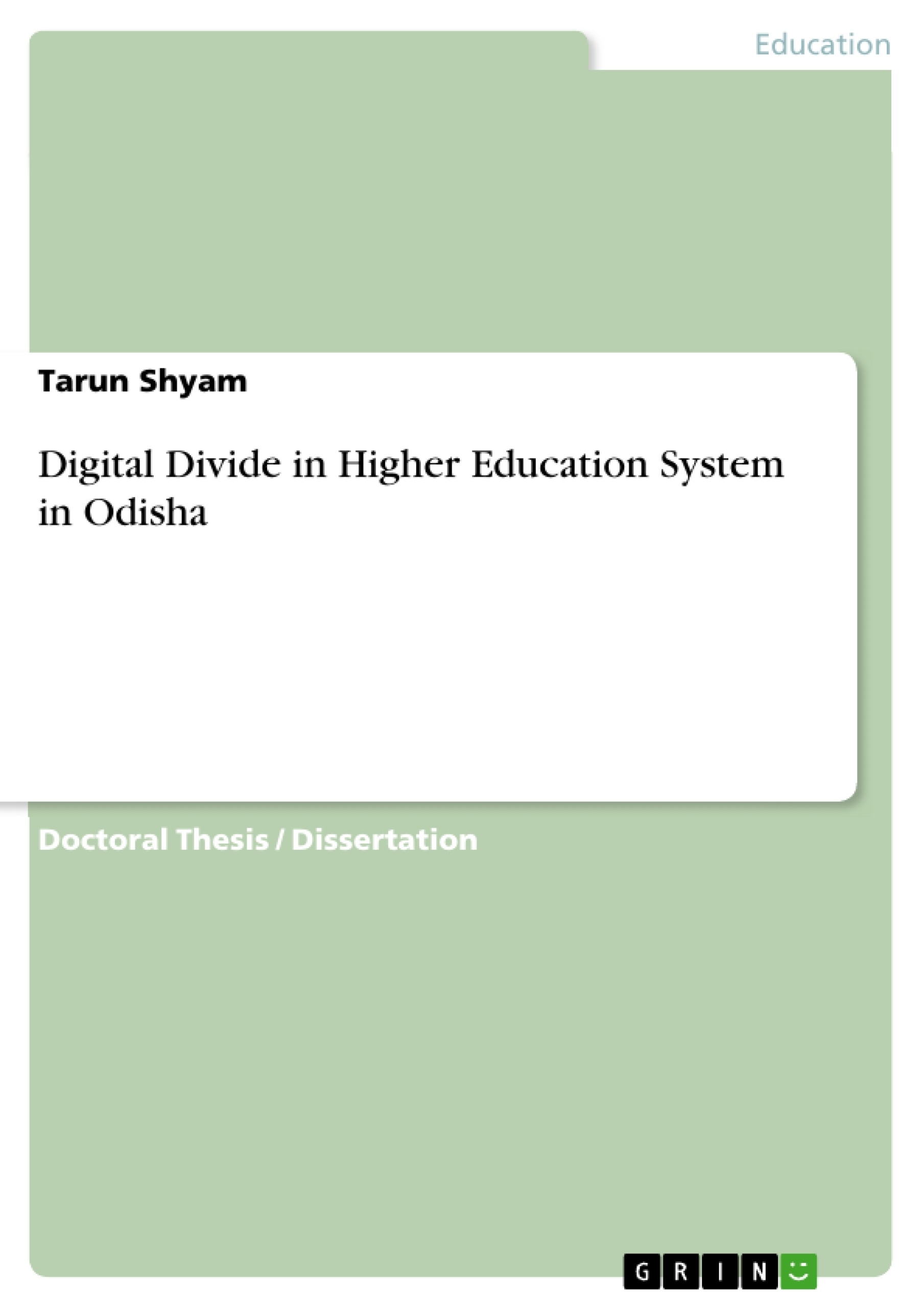The perceived difference between those who have access to the newest information technology and those who do not is referred to as the digital divide. The digital divide is commonly measured by means of computer ownership and internet access. The two groups of people on opposite sides of the split are referred to as "haves," or "information rich," or "have-nots," or "information poor," respectively, in literature.
In the "knowledge economy," the former has the most powerful computers and has the finest internet access to strong streams of continuous information, whereas the latter does not. In today's society, information is a "development resource," and the lack of trustworthy information is the heart of underdevelopment. In today's society, information is a "development resource," and the lack of reliable information is the essence of underdevelopment. Information is essential for societal advancements in education, culture, science, and technology, as well as individual personal and professional development.
Apart from greater internet access, there has been an upsurge in web-based educational programs, which have received mixed reviews. The rise of digital libraries merely adds to the problem (also called electronic or virtual libraries). Web-based education is linked to constructivist learning environments, which are technology-driven environments in which students can contribute something meaningful and useful.
Technologies provide students with the ability to explore, experiment, construct, and reflect on their work so that they can learn from it. The use of information resources is important in this method, as it is in many other models, including collaborative learning models. The effective use of information and resources has become increasingly important in academic life, in addition to the workplace and daily life. All of these are susceptible to the digital divide.
Inhaltsverzeichnis (Table of Contents)
- Chapter I: Introduction to the Study
- Chapter II: Literature Review
- Chapter III: Research Methodology
- Chapter IV: Data Analysis
- Chapter V: Findings, Suggestions and Conclusion
Zielsetzung und Themenschwerpunkte (Objectives and Key Themes)
This thesis explores the digital divide in the higher education system of Odisha, examining the accessibility and impact of information technology on students. The research aims to understand the challenges and opportunities associated with bridging the digital divide, ultimately contributing to the advancement of inclusive education in the region.
- The influence of digital access on academic performance and opportunities.
- Factors contributing to the digital divide in higher education, such as socioeconomic disparities, infrastructure limitations, and digital literacy gaps.
- The potential of technology-driven educational programs and resources to enhance learning experiences and facilitate equitable access to knowledge.
- Strategies for mitigating the digital divide and promoting inclusive digital literacy practices within higher education institutions.
Zusammenfassung der Kapitel (Chapter Summaries)
Chapter I introduces the concept of the digital divide and its relevance in the context of higher education. It contextualizes the study within the Odia higher education landscape, outlining the research objectives and methodology. Chapter II reviews existing literature on the digital divide, exploring various perspectives on its origins, implications, and potential solutions. Chapter III delves into the research methodology employed, including data collection techniques, sampling strategies, and data analysis methods.
Schlüsselwörter (Keywords)
The primary focus of this research is on the digital divide in higher education, particularly in Odisha. Key themes and concepts explored include digital access, information technology, inclusivity, educational opportunities, socioeconomic disparities, technology-driven learning, and digital literacy.
- Quote paper
- Tarun Shyam (Author), 2022, Digital Divide in Higher Education System in Odisha, Munich, GRIN Verlag, https://www.grin.com/document/1298332



